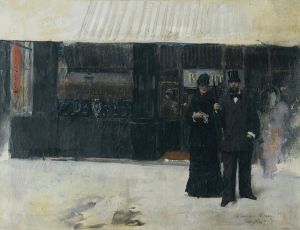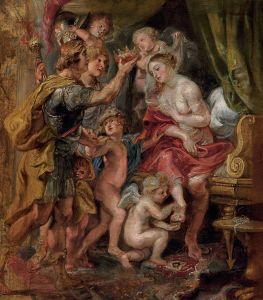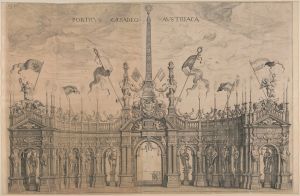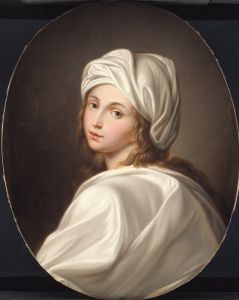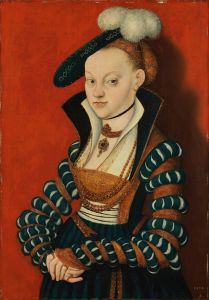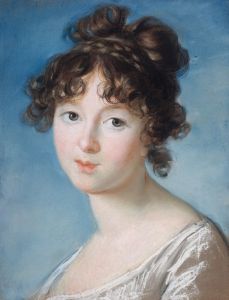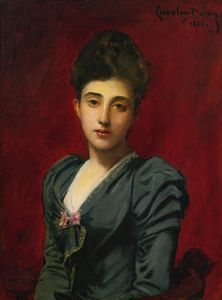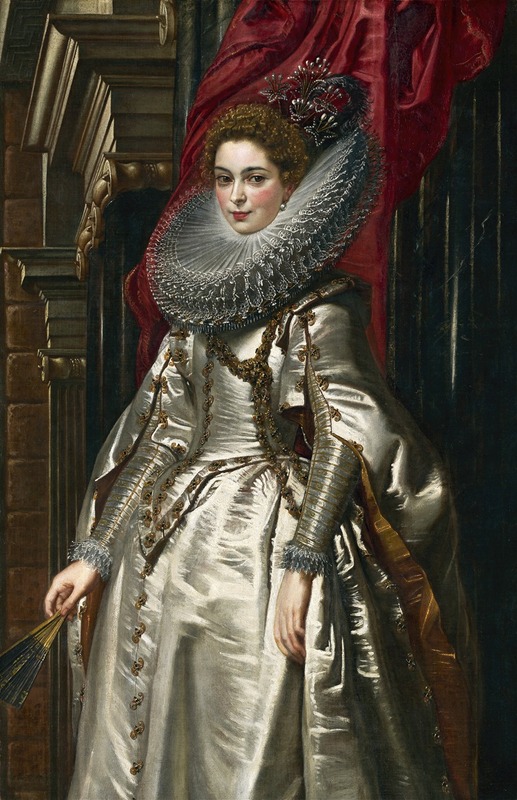
Marchesa Brigida Spinola Doria
A hand-painted replica of Peter Paul Rubens’s masterpiece Marchesa Brigida Spinola Doria, meticulously crafted by professional artists to capture the true essence of the original. Each piece is created with museum-quality canvas and rare mineral pigments, carefully painted by experienced artists with delicate brushstrokes and rich, layered colors to perfectly recreate the texture of the original artwork. Unlike machine-printed reproductions, this hand-painted version brings the painting to life, infused with the artist’s emotions and skill in every stroke. Whether for personal collection or home decoration, it instantly elevates the artistic atmosphere of any space.
Marchesa Brigida Spinola Doria is an oil painting created in 1606 by the Flemish Baroque artist Peter Paul Rubens. The portrait depicts Brigida Spinola Doria, a Genoese noblewoman, shortly after her marriage to Giacomo Massimiliano Doria, a member of one of Genoa's most prominent families. The painting is celebrated for its grandeur and the artist's ability to capture the subject's elegance and social status.
The work was commissioned to commemorate Brigida's marriage, a common practice among the European aristocracy during this period. Rubens, who was in Italy at the time, was heavily influenced by the Italian Renaissance and Baroque styles, which is evident in the composition and execution of this portrait. The painting showcases Rubens' mastery of texture, light, and detail, particularly in the depiction of Brigida's luxurious attire and the shimmering fabrics of her gown. Her elaborate dress, adorned with lace and embroidery, reflects the wealth and status of her family.
The portrait is notable for its dynamic composition and the way Rubens conveys a sense of movement and life. Brigida is portrayed standing in a three-quarter pose, her body slightly turned, with her gaze directed outward. The background features classical architectural elements, such as columns and drapery, which enhance the sense of opulence and grandeur. These elements also serve to frame the figure, drawing attention to her poised and dignified presence.
Over time, the painting underwent significant alterations. Originally, it was larger in size, with more space around the figure to emphasize the architectural setting. However, at some point in its history, the canvas was trimmed, resulting in the loss of parts of the original composition. Despite this, the remaining portion of the painting continues to be regarded as a masterpiece of portraiture.
Today, the painting is housed in the National Gallery of Art in Washington, D.C., where it remains an important example of Rubens' early work and his ability to blend Northern European and Italian artistic traditions. It is also a valuable historical document, offering insight into the fashion, culture, and social structures of early 17th-century Genoa.





